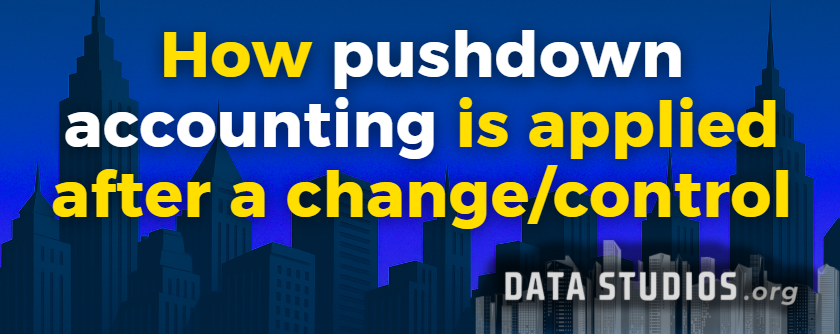Inventory Overview – Recognition, Classification, and Financial Reporting
- Graziano Stefanelli
- Apr 30
- 3 min read

Inventory refers to goods held by a company for sale in the ordinary course of business or for use in the production of goods to be sold. Inventory is a core asset for retailers, manufacturers, and distributors, and its proper accounting is essential for accurate financial reporting and cost control.
This article provides a comprehensive overview of inventory under U.S. GAAP (primarily ASC 330) and IFRS (IAS 2), focusing on recognition, classification, initial and subsequent measurement, and financial statement presentation. Real-world examples and in-text journal entries are included for clarity.
1. What Qualifies as Inventory?
Inventory includes:
✦ Goods purchased and held for resale (e.g., finished goods in retail)
✦ Raw materials used in production
✦ Work in progress (partially completed goods)
✦ Finished goods manufactured and awaiting sale
Inventory does not include equipment, supplies, or items not held for sale.
2. Initial Recognition and Valuation
Inventory is recognized when:
✦ The company controls the goods, and
✦ Risks and rewards of ownership have transferred.
Inventory is measured initially at cost, which includes:
✦ Purchase price (less discounts and rebates)
✦ Import duties and non-refundable taxes
✦ Freight, handling, and other costs directly attributable to acquisition
✦ Direct labor and production overhead (for manufactured goods)
To record inventory purchase: Dr. Inventory – $50,000 / Cr. Accounts Payable – $50,000.
3. Cost Formulas and Methods
U.S. GAAP allows multiple methods for assigning costs to inventory:
✦ FIFO (First-In, First-Out)
✦ LIFO (Last-In, First-Out) – allowed under GAAP but not permitted under IFRS
✦ Weighted Average Cost
✦ Specific Identification – used for high-value, unique items
Under FIFO, earlier purchases are expensed first, leaving newer costs in ending inventory. Under LIFO, newer purchases are expensed first, potentially lowering taxable income in inflationary periods.
4. Subsequent Measurement – Lower of Cost or Market / NRV
Inventory must be reviewed for impairment and adjusted to the lower of cost or market under GAAP, or lower of cost and net realizable value (NRV) under IFRS.
Market value (GAAP) is defined as:
✦ Replacement cost, subject to a ceiling (NRV) and floor (NRV minus profit margin)
Net realizable value (IFRS) is:
✦ Estimated selling price – estimated costs to complete and sell
To record a write-down: Dr. Loss on Inventory Write-down – $3,000 / Cr. Inventory – $3,000.
Reversals of inventory write-downs are prohibited under GAAP, but allowed under IFRS if NRV increases in a future period.
5. Periodic vs. Perpetual Inventory Systems
There are two primary systems to track inventory balances:
Perpetual system
✦ Continuously updates inventory and COGS with each transaction
✦ Preferred for real-time inventory control
✦ Common in large-scale retail
Periodic system
✦ Inventory and COGS are updated at period end
✦ Simpler and more cost-effective
✦ Often used by smaller businesses
Under perpetual: Dr. COGS / Cr. Inventory at the time of each sale Under periodic: Dr. Purchases during the period; adjust inventory and COGS at period end
6. Inventory Turnover and Management Metrics
Inventory management affects profitability and liquidity. Common ratios include:
✦ Inventory Turnover = COGS / Average Inventory
✦ Days Inventory Outstanding (DIO) = 365 / Inventory Turnover
✦ Gross Margin % = (Revenue – COGS) / Revenue
Higher turnover implies efficient inventory usage, while excessive inventory may signal overstocking or obsolescence.
7. Financial Statement Presentation and Disclosures
Inventory is presented as a current asset on the balance sheet. Disclosures must include:
✦ Inventory breakdown (raw materials, WIP, finished goods)
✦ Costing methods used (FIFO, LIFO, etc.)
✦ Write-downs and reversals (IFRS only)
✦ Carrying amount of inventories pledged as collateral
✦ Changes in inventory accounting policies or estimates
Balance sheet presentation example:
✦ Inventory – Raw Materials – $20,000
✦ Inventory – Work in Progress – $15,000
✦ Inventory – Finished Goods – $65,000
✦ Total Inventory – $100,000




